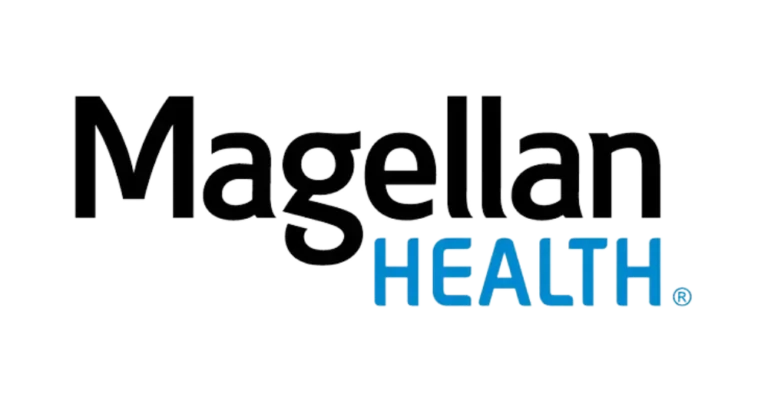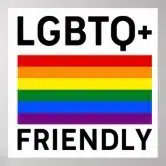You’ve tried therapy, meds, and group support. You’ve done the worksheets and read the books. Nothing sticks. Your anxiety returns. Your depression looms like a dark cloud. Or perhaps chronic pain steals your sleep every night.
Now, someone tells you ketamine therapy helps. You’re curious, hopeful, and nervous.
Then, all of a sudden, your provider drops a bombshell. “Avoid alcohol and weed.” You halt. Is this really necessary? You barely drink. Cannabis is your sleep buddy. What’s the harm in a little indulgence?
Questions swarm in your mind:
- Will a glass of wine mess with the results?
- Does cannabis kill ketamine’s benefits?
- Are you wasting your money if you don’t stay sober?
- Are you risking your safety mixing substances with ketamine therapy?
- Will the treatment still work, or are you numbing yourself again?
Let’s ask the questions people avoid and determine what affects ketamine treatment effectiveness. And let’s discuss substance use during ketamine without the fluff.
Alcohol Messes with Ketamine More Than You Think
Alcohol and ketamine don’t play nice.
Ketamine triggers changes in glutamate, the brain’s learning and memory system. Alcohol slows things down through GABA (gamma-aminobutyric acid), your brain’s brake pedal. They compete instead of cooperating.
Alcohol can disrupt the neuroplasticity ketamine aims to promote. Your brain struggles to create new connections. You remain stuck in familiar, unhealthy patterns.
Mood swings also become harder to manage. One day, ketamine lifts you high. Next, alcohol drags you down. Confusion replaces clarity. That’s not progress. That’s a mess.
The physical risks also increase, such as dizziness, confusion, and slower reflexes. Mixing both can impair judgment and motor skills. That’s not therapeutic—it’s downright dangerous.
Do you think alcohol isn’t an issue during psychedelic therapy? It’s time for a reality check.
Cannabis Changes the Game, Not Always for Good
Cannabis isn’t always the friend it claims to be. It changes your endocannabinoid system, which affects mood, memory, and emotion. Ketamine works on different pathways—but they still intersect. Here’s the lowdown:
- Heavy cannabis use weakens neuroplasticity. It blocks ketamine’s full effect. Expect to feel foggy, unfocused, and emotionally flat.
- Cross-tolerance is real. Cannabis alters your brain receptors. Ketamine also needs those receptors. Too much cannabis use before your treatment? You may require higher doses—and get fewer results.
- Then there’s the emotional side. Cannabis numbs things out. Ketamine pulls buried pain forward for healing. If you stay numb, nothing gets processed.
Ask yourself: Is the weed helping or hiding the real work?
Abstinence Isn’t a Buzzkill – It’s the Whole Point
Do you want the best results from ketamine therapy? Start by clearing your system.
Skip alcohol. Avoid cannabis. Even a few weeks before treatment helps.
Substance-free brains respond better. Neurotransmitter changes during ketamine therapy become clearer. The treatment stays on track—no mixed signals.
You stay safer. There is no increased risk of side effects, blurred emotions, or extra confusion.
It also helps your provider adjust things. If you stay clean, they know what’s working. They can track your progress and see the real effects—not a clouded version.
You want to get the most out of each session, right? That’s why you’re here.
Sobriety During Treatment Isn’t Optional – It’s Smart
You want healing. You’re investing time and money. Don’t drown it in substances.
The advice isn’t moral. It’s clinical. Psychedelic therapy substance interactions reduce effectiveness, create risks, and kill momentum.
You won’t feel all the shifts if you’re dulled. You’ll block the emotion that needs release. You’ll dodge the discomfort—but also the growth.
It isn’t forever. It’s a short pause for long-term change.
Abstaining Is Tough—But Planning Makes It Easier
Are you afraid of slipping back into old habits? Creating a solid plan helps. Here’s how to make it work:
- Set a clear goal. Please write it down. Make it simple. “I want ketamine to work.” Read it every morning.
- Distract your cravings. Go for a walk. Lift something heavy. Take a cold shower. Call a friend.
- Change your routine. If wine hits at 9 PM, schedule something else. If weed helps you sleep, try guided breathing.
- Seek support. Tell someone you trust. Join a group. Ask your therapist for tools.
You’re not quitting forever. You’re choosing to pause—so you heal.
Prep Like It’s Serious Because It Is
Before you start, get ready. Stop substances early. Tell your care team what you’ve used. Be clear, not embarrassed.
Let them guide you. They’ll taper you down safely (if needed) and monitor your progress. They know how ketamine therapy’s side effects change with substances. They’ll track any serotonin risks and sedation issues.
The cleaner your system, the clearer your results. Why sabotage what you’ve been waiting for?
You Asked for Change. Now Let It Work.
Ketamine therapy works—if you let it.
Introducing alcohol or cannabis clouds the whole process. The therapy gets dull. The sessions feel lackluster (or weak). Your brain fights the signals it needs to follow.
That’s the cost of ignoring ketamine therapy drug interactions. Substance use during ketamine isn’t harmless. It changes your outcomes, compromises your safety, and blurs your path.
So, ask yourself: Do you want relief, or are you okay with another rerun of old patterns? If you want better results, fewer risks, and real healing, set those substances aside. Your mood, your mind, and your body will thank you.
If you still have doubts or questions, seek expert help.
Felicity Mental Health is ready to guide you. We help you get clear before treatment, explain things straight, track your progress, and protect your investment in yourself.
Call us now. Let’s make your therapy work for real and make you feel better—for good.







